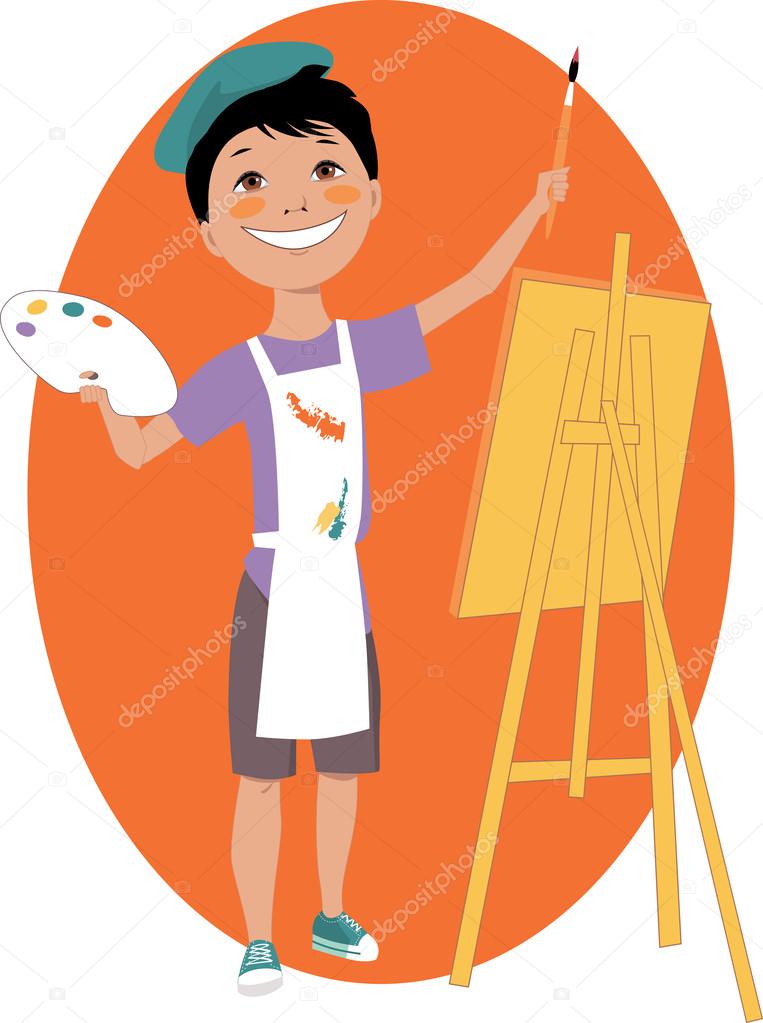LEONARDO DA VINCI
Vinci, Tuscany, 1452 - Amboise, Touraine, 1519. Italian artist, thinker and researcher who, due to his insatiable curiosity and multifaceted genius, represents the most complete model of the Renaissance savant.
Leonardo da Vinci was the illegitimate son of a Florentine lawyer, who did not allow him to meet his mother, a modest peasant woman. He trained as an artist in Florence, in the workshop of Andrea del Verrocchio; but much of his career was developed in other Italian cities such as Milan where he remained between 1489 and 1499 under the patronage of Duke Ludovico Sforza, called the Moor or Rome where he worked for Julius de' Medici. Although he practiced the three plastic arts, no sculpture of his has been preserved and it seems that none of the buildings he designed were ever built, so only traces of his work as a sculptor and architect remain in his notes and personal sketches.
All his works are highly studied compositions, based on the perfection of drawing and with a certain halo of mystery, in which the gradation of color contributes to completing the effect of perspective; In them he introduced the sfumato technique, which consisted of dispensing with the clear contours of "Quattrocento" painting and blurring the profiles, enveloping the figures in a kind of characteristic mist. Leonardo himself theorized his conception of pictorial art as "imitation of nature" in a Treatise on Painting that would only be published in the 17th century.
Considered the paradigm of homo universalis, of the Renaissance savant versed in all areas of human knowledge, Leonardo da Vinci 1452-1519 ventured into fields as varied as aerodynamics, hydraulics, anatomy, botany, painting, sculpture and architecture, among others. His scientific research was, to a large extent, forgotten and undervalued by his contemporaries; His pictorial production, on the other hand, was immediately recognized as that of a master capable of materializing the ideal of beauty in works of disturbing suggestion and delicate poetry.
From 1517 his health, until then unbreakable, began to deteriorate. His right arm was paralyzed; But, with his tireless left hand, Leonardo still made sketches of urban planning projects, river drainage and even decorations for palace parties. Converted into a kind of museum, his house in Amboise was full of the papers and notes that contained the ideas of this exceptional man, many of which would have to wait centuries to demonstrate their feasibility and even their necessity; At this time, he even conceived the idea of making prefabricated houses. Only because of the three canvases that he chose to accompany him in his last stage Saint John the Baptist, The Mona Lisa and Saint Anne, the Virgin and Child can it be said that Leonardo then possessed one of the great treasures of his time.

